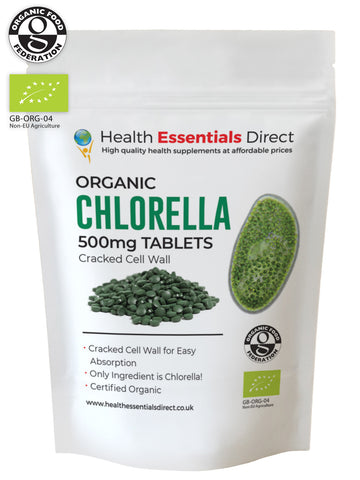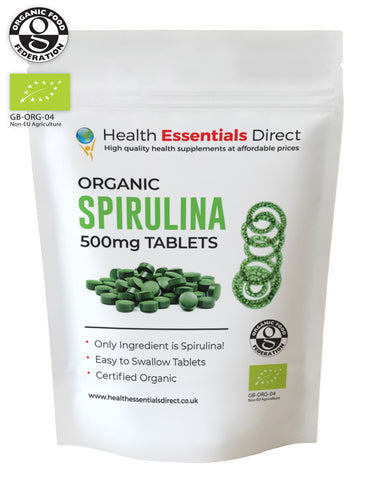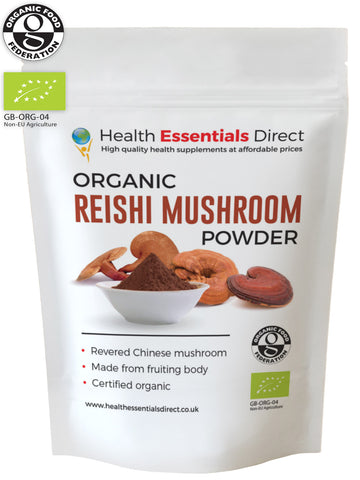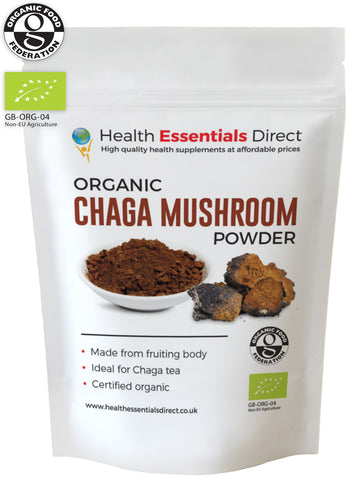Organic Aloe Vera Powder (For Internal Use and Face Mask)
Organic Aloe Vera Powder
-
Certified Organic by Organic Food Federation
-
Can Be Used Both Internally and Externally as a Face Mask
-
Whole Leaf Powder
About Aloe Vera
The aloe vera plant (Aloe barbadensis) is a green succulent plant that is native to northern Africa, the Arab peninsula, and the Mediterranean region. Some of the common terminologies used to refer to the plant include the wand of heaven, true aloe, and lily of the desert. The latter refers to the fact that the plant is in the same family as the elegant lilies. Egyptians referred to the plant as the plant of immortality. This is because the plant has proven to thrive and flourish even in the absence of soil. Aloe vera has proven itself as a tough and resilient plant; it has a long life and can survive for up to 100 years. The leaves, which are the most potent plant parts, are thick and appear glossy on the surface. They are fleshy, with a water constitution of about 90%. Most strains of the evergreen plant are stemless. However, there are a few which have a short stem. Aloe vera gel, found inside the leaf, is without colour, thick, and resembles jelly. The gel has a bitter taste. Most leaves of the plant are green. However, they are others that tend towards grey. Others have white speckles that form a pattern on the leaf surface. The leaves have spikes on the edges as an adaption for growing in harsh conditions.
Aloe vera thrives in tropical and subtropical climates where there is ample sunlight. The plant is highly adapted to survive in hot and dry regions with a minimal supply of water. It does well in well-drained soils e.g. sandy soil. It also prefers growing in environments where water is flowing, as opposed to being stagnant. Too much water causes the root to rot which eventually leads to death of the plant. The ideal temperatures for the growth of aloe vera range between 20-25°C. Also, it does well in regions with an annual rainfall of between 1000-1200mm per year. To obtain aloe vera powder, the aloe vera gel is harvested, crushed, dried, and pulverised after which it is ready for packaging and use.
In Egypt, ancient texts dating back to more than 6,000 years ago have writings on the earliest use of aloe vera. The natives believed that the gel from the plant was ‘blood’ which served as the key to unlimited beauty, well-being, and immortality. One of the most popular narratives on the use of aloe vera was by Cleopatra the Egyptian queen. It is believed that she applied gel from the aloe vera leaves as part of her regular beauty procedure. She attributed the gel to having smooth skin. To date, some Egyptians still embalm the bodies of the dead with the plant, with the belief that it will make them immortal. Historical texts also allude to Alexander the Great popularising the plant during his rule. Aristotle had advised him that aloe vera had endless benefits and could be used in a range of applications. Alexander, therefore, advised that the plant be applied on wounds that his soldiers had incurred on the battlefield. To be able to obtain an endless supply of the same, he plotted a conquest on the small island of Socotra. The latter was located along the African coastline. It was renowned for its superior aloe vera.
- Please note it is against MHRA guidelines for us to talk about any potential health benefits for this supplement however a quick google search on the potential benefits and you may be surprised.
How to take Aloe Vera Powder
1 to 2 teaspoons can be taken once a day internally, it is recommended that regular breaks are taken when using Aloe vera powder internally. Can be added to hot or cold water, in juices, added to smoothies or in foods.
Aloe Vera Powder can also be re-hydrated in water and made into a paste and used topically on the skin.







